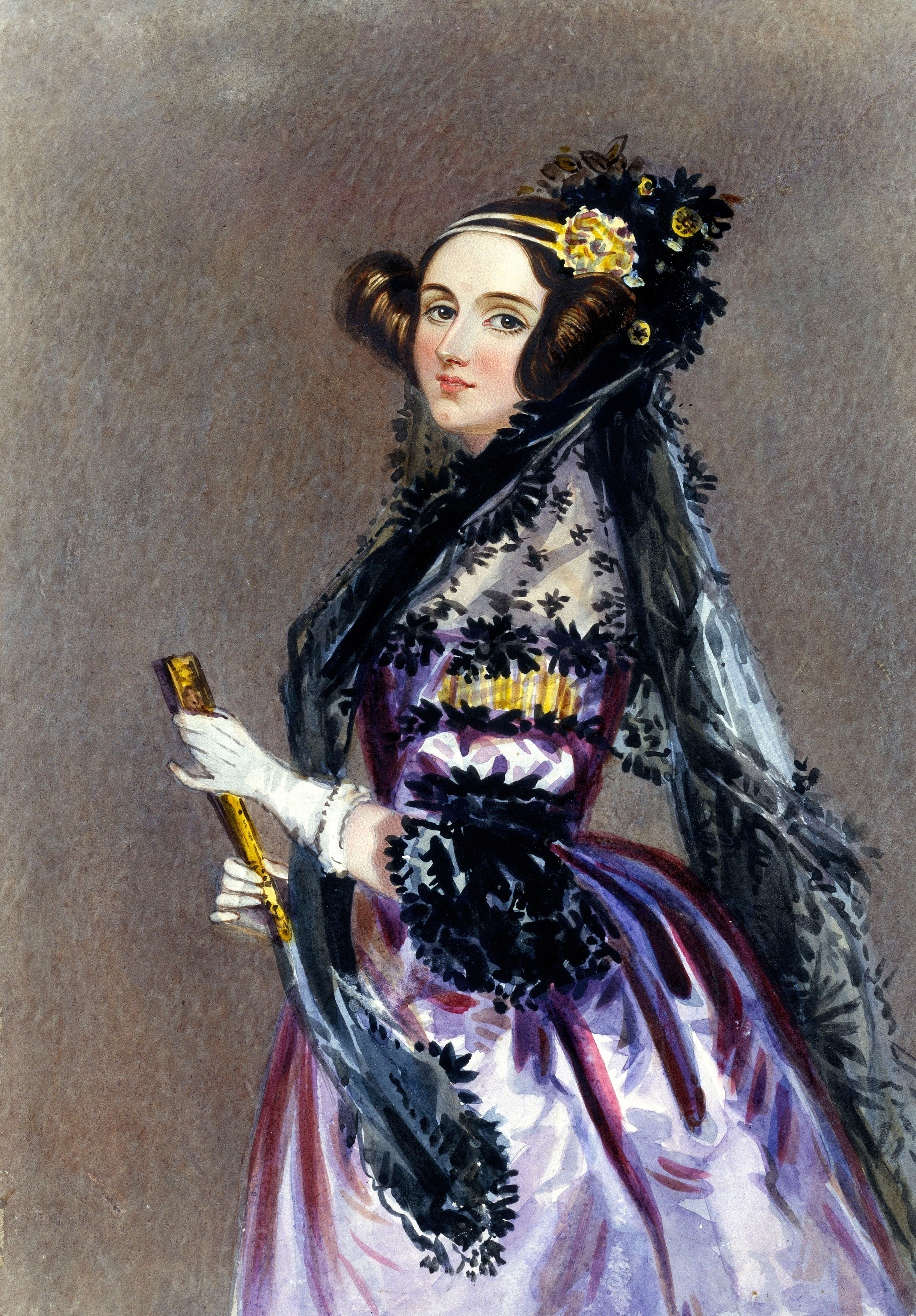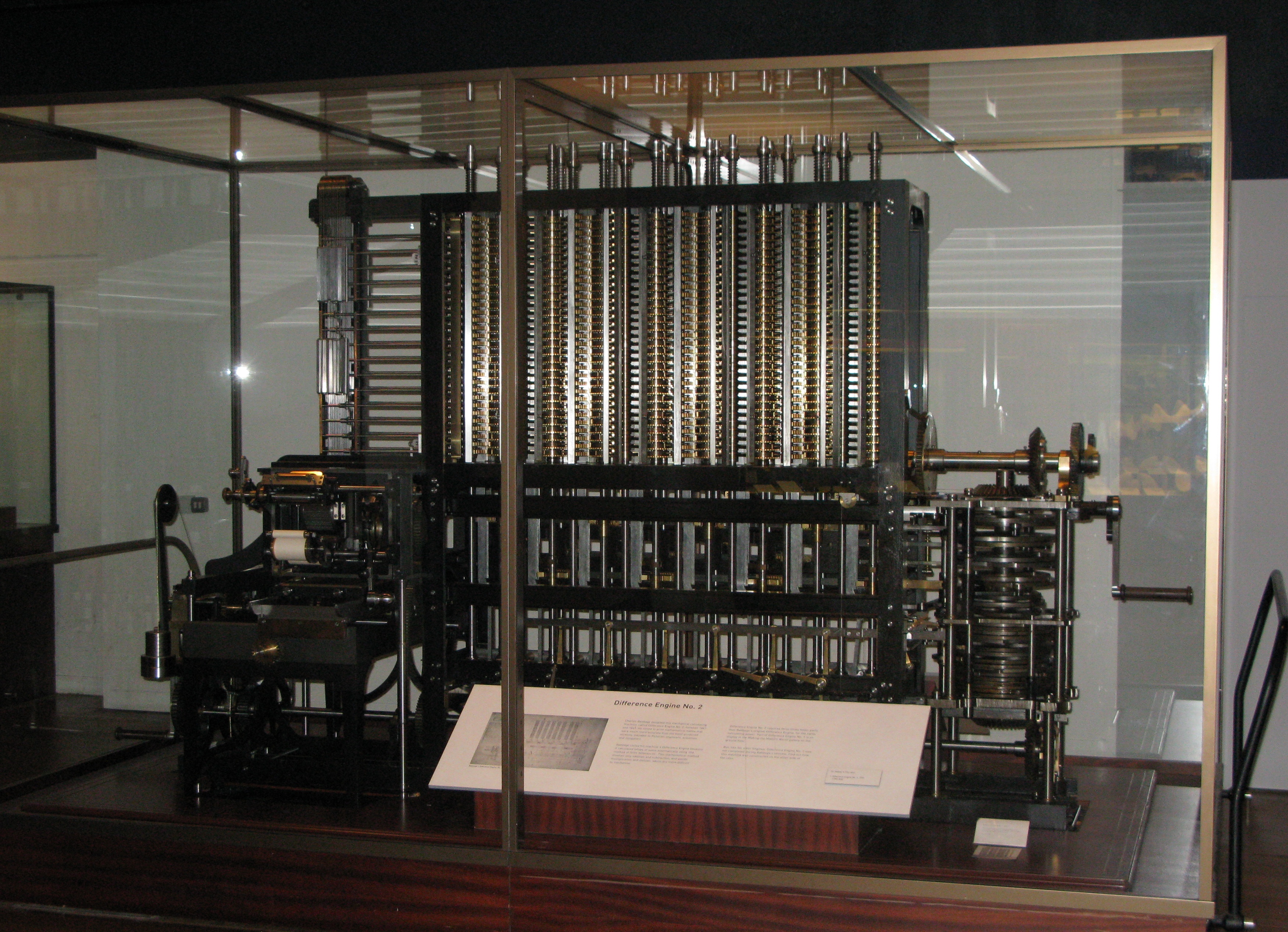The journey of computing begins long before our modern devices. The first general-purpose computer, the Analytical Engine, was designed by Charles Babbage in the 1830s, earning him recognition as the father of computers.
💡 Key Innovation
The Analytical Engine was never fully built, but its design included mechanical components powered by steam - a computer that would work entirely without electricity.


👩💻 The First Programmer
Working alongside Babbage was Ada Lovelace, an English mathematician who made history by writing what's considered the first computer program. She described algorithms for the Analytical Engine to compute Bernoulli numbers - a remarkable achievement for the 1840s.
While debates exist about the extent of her contributions, historians generally agree that Lovelace's work was pioneering, especially her vision that computers could go beyond mere calculations to manipulate symbols and even create music.
🔄 How Early Programs Worked
Programs for the Analytical Engine followed this process:
- Write algorithms by hand
- Convert to punched cards with encoded operations
- Feed cards into the machine
- The "Mill" (CPU) executes instructions mechanically
- The "Store" (memory) holds data
- Results print on paper - no displays existed

🧩 Components: Then & Now
Despite their mechanical nature, early computers had components remarkably similar to modern ones:
| Historical Component | Modern Equivalent |
|---|---|
| Store | RAM / Memory |
| Mill | CPU (ALU) |
| Control Unit | CPU Control |
| Input (Punch Cards) | Keyboard / Touch |
| Output (Printer) | Display / Screen |
🗃️ Input Method: Punched Cards
Instructions were encoded on punched cards, inspired by the Jacquard loom used in textile manufacturing. Three different card types were used:
- Operation cards - defined which instruction to run
- Variable cards - specified storage locations
- Number cards - contained numeric values
📊 Primary Applications
Early computing machines primarily calculated mathematical tables for:
- Logarithms
- Trigonometry
- Navigation
🔍 The Difference Engine
Before the Analytical Engine, Babbage designed the Difference Engine in 1822, specifically for calculating polynomial functions to produce mathematical tables with high accuracy.

Unlike the Analytical Engine, the Difference Engine wasn't programmable - it was designed for a specific mathematical purpose. Manufacturing limitations of the 19th century prevented both machines from being fully realized during Babbage's lifetime.
🔮 Historical Significance
These early designs established fundamental computing concepts like programmability, stored instructions, and separate memory that remain central to computing today. The vision of Babbage and Lovelace laid groundwork for the digital revolution that would transform human society nearly 100 years later.